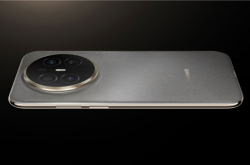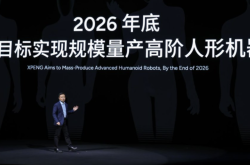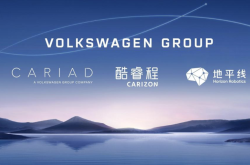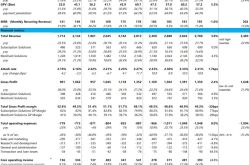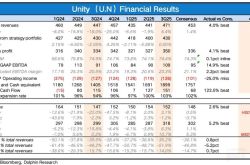Xiaomi's One More Thing: SU7 Ultra Achieves 0-100km/h in Under 2 Seconds, Aiming to Become the Fastest at the Nürburgring in Ten Years
![]() 07/22 2024
07/22 2024
![]() 571
571
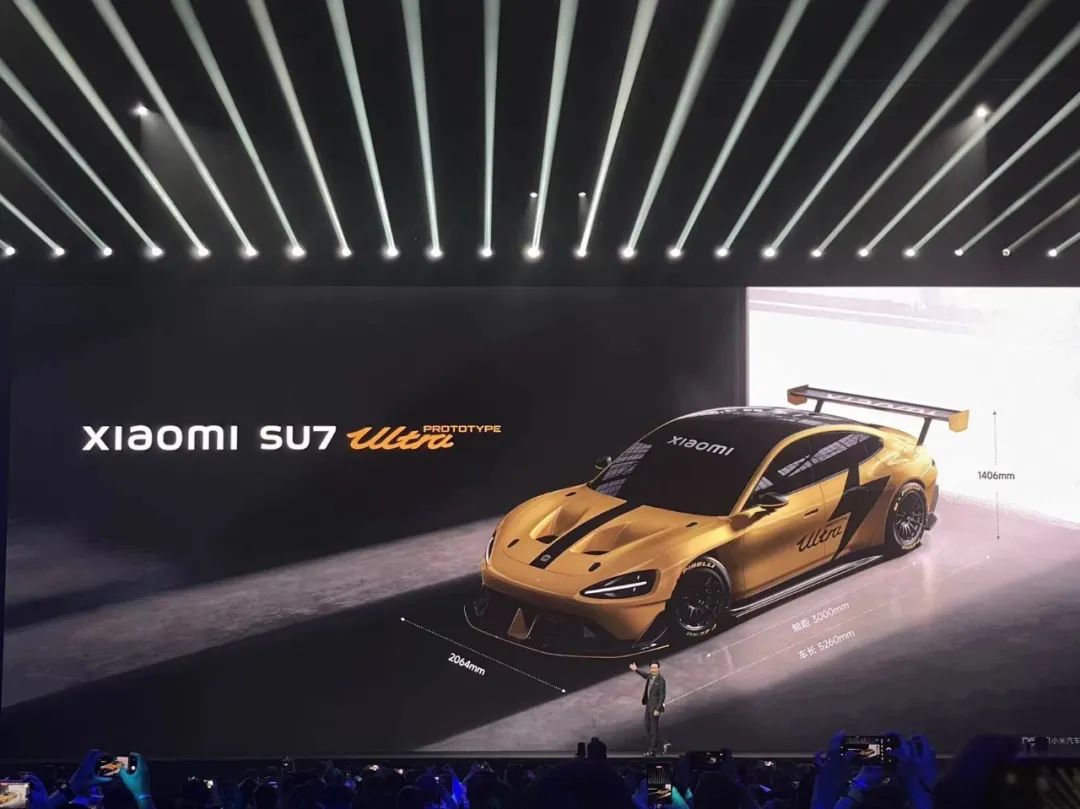
On the evening of July 19th, Xiaomi held the 2024 Lei Jun Annual Speech and Xiaomi New Product Launch Conference, marking Lei Jun's fifth annual speech with the theme of "Courage".
The speech started with a retrospective from 2021, introducing the lesser-known stories behind Xiaomi's venture into automobile manufacturing.
In the highly anticipated One More Thing segment, Lei Jun surprised the audience with the Xiaomi SU7 Ultra prototype vehicle.
Lei Jun stated that the Xiaomi SU7 Ultra is built upon the Xiaomi SU7, tailored for performance and the racetrack.
I. Li Bin and He Xiaopeng Urge Lei Jun to Build Cars, Starting with a Valuation of US$10 Billion
While narrating Xiaomi's journey into the automotive industry, Lei Jun also revealed for the first time that the impetus for Xiaomi's entry into car manufacturing came from an unexpected crisis—the US sanctions against Xiaomi on January 15th, 2021.
On January 14th, 2021, the US Department of Defense announced the inclusion of nine Chinese companies, including mobile phone manufacturer Xiaomi, on its sanctions list for alleged ties to the Chinese military. Companies on this list would face investment bans, requiring American investors to divest their holdings.
Xiaomi promptly convened an emergency board meeting to discuss countermeasures. During this meeting, one director suggested that Xiaomi consider building cars, a proposal supported by almost all senior executives.
Subsequently, Xiaomi formed a research team of over 60 individuals, conducting over 80 research sessions in multiple cities, interviewing more than 200 individuals, and holding four senior management meetings. During this research process, Lei Jun felt that "the trend of smart electric vehicles is unstoppable."
Concurrently, Li Bin, Chairman of NIO, and He Xiaopeng, Chairman of Xpeng Motors, consistently urged Lei Jun to build cars.
Ultimately, on March 30th, 2021, Xiaomi announced its official entry into the automotive industry, with Lei Jun leading the charge and a commitment to invest US$10 billion over the next ten years.
"I haven't left myself any retreat. Xiaomi's car project is the last entrepreneurial venture of my life. I'm willing to bet all my reputation and achievements on the battle for Xiaomi's car!" Lei Jun said at the time.
It's worth mentioning that on March 12th (US time), the US Federal Court had already issued a preliminary injunction in Xiaomi's lawsuit against the US Department of Defense, prohibiting the latter from forcing American investors to divest their holdings in Xiaomi based on alleged ties to the Chinese military.
Later that May, Xiaomi Group officially reached a settlement agreement with the US Department of Defense and was removed from the aforementioned list.
However, Xiaomi's journey into car manufacturing had already begun, and it was unstoppable.
Regarding why Xiaomi did not choose to independently finance and list its automotive division, Lei Jun explained that when Xiaomi decided to enter the automotive industry, the new energy vehicle capital market was hot, and several venture capital firms had offered valuations as high as US$10 billion for Xiaomi's car project.
Lei Jun was initially tempted but ultimately declined after careful consideration, as the car manufacturing cycle is long, and it would be difficult to maintain consistency between Xiaomi's internal vision and that of investors over an extended period.
Ultimately, Xiaomi made the decision to self-finance the project, taking on all the risks, as long as it could successfully build a good car.
II. 100,000 Delivery Target to be Achieved Ahead of Schedule
In the early stages of Xiaomi's car manufacturing venture, Lei Jun set the goal of "building a car that Xiaomi engineers want to buy."
Simultaneously, Xiaomi insisted on starting from core technologies.
"This is because Xiaomi had suffered a significant setback before. Our 14-year journey began with model innovation, which allowed us to grow rapidly initially but left us with a weak foundation, encountering many setbacks later on.
Therefore, this time around, we made a firm decision from the start not to take shortcuts, not to acquire, and not to outsource.
We started with core technologies, investing tenfold to build a truly good car."
On August 16th, 2023, the first prototype rolled off the production line, eliciting excitement from everyone present.
Lei Jun recounted, "After the off-line ceremony ended, my colleagues gradually dispersed. I walked around the prototype several times, opened the door, and sat inside for a long, long time. I couldn't believe that our car was really built."
Prior to the official launch, Xiaomi conducted the industry's largest-scale real-world road tests, amassing a total test mileage of 5.4 million kilometers.
Lei Jun himself participated in over ten tests, covering a cumulative distance of over 5,000 kilometers. The longest trip, from Beijing to Shanghai in January this year, covered 1,276 kilometers and took him 15 hours from 6 AM to 9 PM.
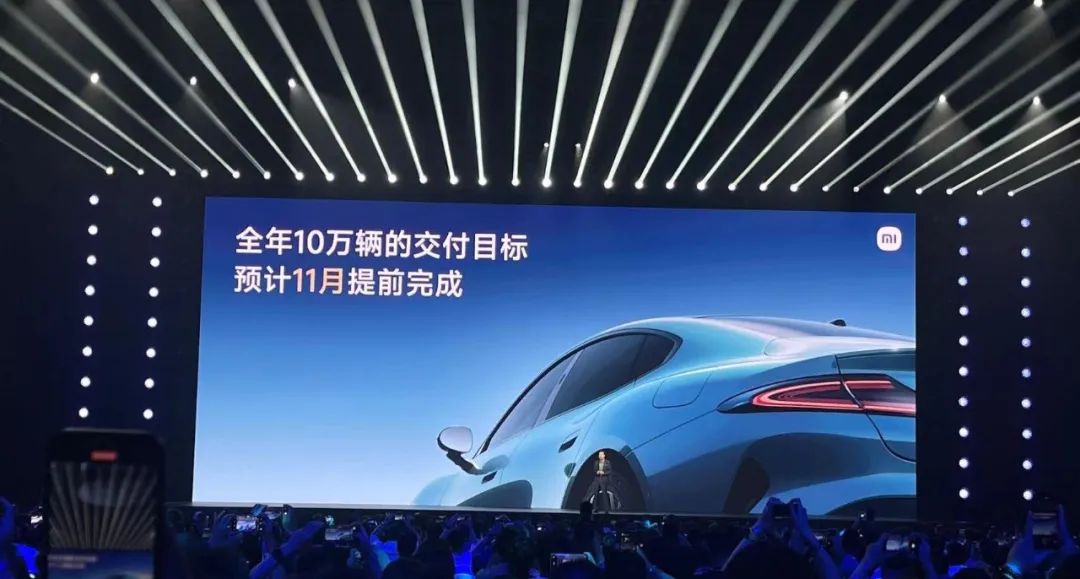
In March of this year, Xiaomi's first mass-produced car, the SU7, was officially launched. In April, Xiaomi sold 7,058 SU7s, followed by 8,646 in May and 14,296 in June, for a cumulative sales volume of 30,000 units.
Lei Jun stated that the previously set annual target of 100,000 vehicles is expected to be achieved ahead of schedule in early November.
With Xiaomi SU7's production capacity and delivery accelerating smoothly, over 30,000 units have been delivered to date.
It is estimated that by December, Xiaomi Automobile will open 220 stores in 59 cities nationwide.
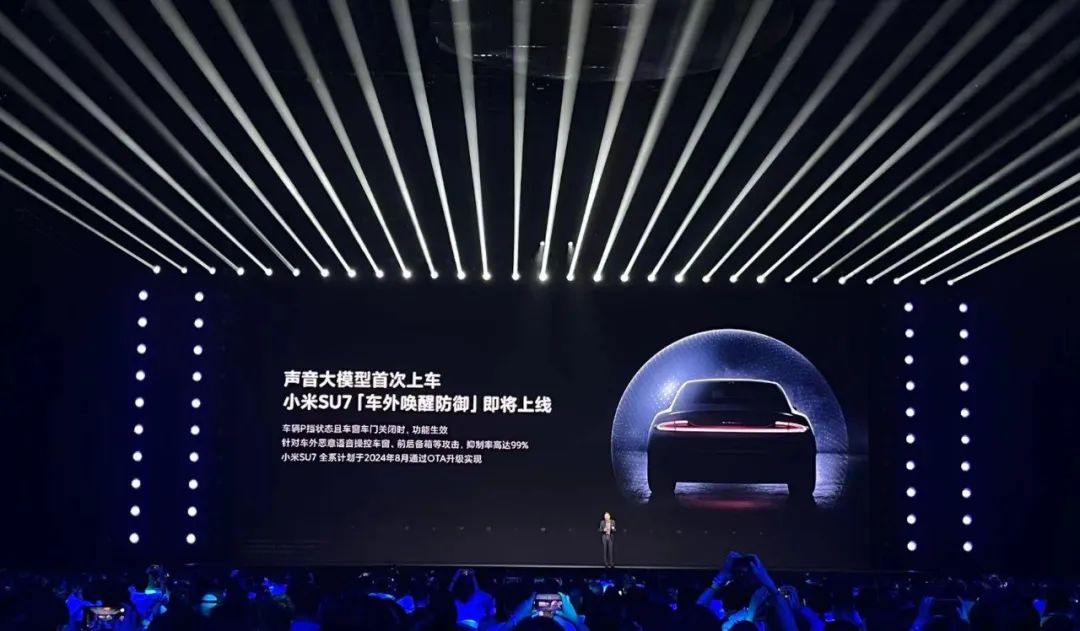
At this press conference, Xiaomi also mentioned that its self-developed large voice model will be integrated into vehicles for the first time, and the Xiaomi SU7 will support an exterior voice wakeup defense function.
Currently, Xiaomi has implemented strict voice control permission policies in the Xiaomi HyperOS 1.2.2 version, prohibiting voice control of windows, trunks, etc., when the vehicle is in Park mode and the doors and windows are closed.
In real-world scenarios, when a user parks inside the car to rest with all doors locked, malicious voice control attempts from outside the car will be unable to open the windows or perform other actions.
Xiaomi emphasized that it will soon launch an "exterior voice wakeup defense" function based on its self-developed large voice model capability, which will directly block voice wakeups from outside the car.
By then, the inhibition rate for malicious voice control attempts on windows, trunks, etc., from outside the car will be as high as 99%. This function is expected to be implemented via OTA upgrades in August, subject to actual push times.
Previously, bloggers tested the exterior voice wakeup function of multiple car models, revealing that many of them could be voice-woken from outside, prompting concerns among some netizens about the security of vehicle voice wakeups.
Xiaomi's swift response to this issue is commendable.
III. SU7 Ultra: Born for the Racetrack
In January of this year, Huichuan Technology responded to a netizen's question on the Shenzhen Stock Exchange Interactive Platform about the progress of the company's joint development of motors with Xiaomi Automobile, mentioning that Huichuan participated in the joint development of Xiaomi's V6s motor, while the V8s motor is Xiaomi's self-developed product.
Now, Xiaomi's self-developed V8s super motor has finally made its debut—based on a series of parameters released by Xiaomi officials.
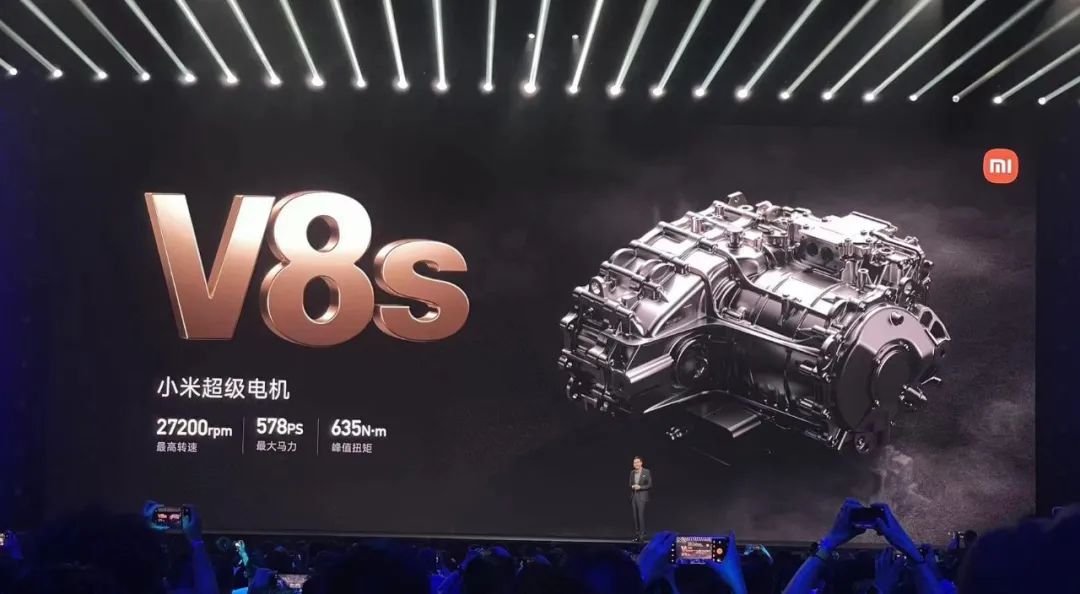
The Xiaomi SU7 Ultra prototype is equipped with the V8s super motor, capable of reaching 27,200 RPM, and features a three-motor design (V8s+V8s+V6s), delivering an astonishing 1,548 PS of horsepower, a 0-100 km/h acceleration time of just 1.97 seconds (including start-up time), and a top speed exceeding 350 km/h.
In terms of battery, the Xiaomi SU7 Ultra prototype is the world's first to feature CATL's Qilin II battery, boasting a massive 1,330 kW discharge power, with 800 kW even at 20% battery charge, a peak voltage of 897V, and a charging rate of 5.2C.
The body of the Xiaomi SU7 Ultra prototype adopts a "full carbon" design, with 100% of its body panels made of carbon fiber materials. This results in a reduced weight of just 1,900 kg, even lighter than some similarly sized gasoline-powered production cars.
Xiaomi stated that the SU7 Ultra prototype has undergone a redesign of its aerodynamics, featuring a fixed racing rear wing, an oversized rear diffuser, and other racing configurations, achieving a maximum downforce of 2,145 kg, greater than the vehicle's weight.
Additionally, the Xiaomi SU7 Ultra prototype employs a dedicated racetrack AP Racing braking system with six-piston forged fixed calipers in the front and rear, achieving a 100 km/h braking distance of just 25 meters, coupled with a maximum kinetic energy recovery deceleration of 2.36G.
Lei Jun stated that Xiaomi Automobile's goal is to "become the fastest four-door electric car at the Nürburgring within ten years," and the SU7 Ultra, as the most powerful version of the Xiaomi SU7, will challenge the non-production lap record in October this year, with plans to officially challenge the Nürburgring production lap record in 2025.
He even joked that one of his colleagues wanted to buy a Xiaomi SU7 Ultra, to which he replied, "I can't even afford this car myself."
Indeed, such a car, purely designed for the racetrack, has little room for survival in the consumer market.
Its mission is clear—to explore the upper limits of Xiaomi Automobile's speed capabilities and showcase Xiaomi's automotive prowess to the world, adding an extra layer of excitement to Xiaomi's car-making story.
Yet, in a way, it also continues the user portrait of Xiaomi SU7 in Lei Jun's eyes: "They are not content with mediocrity and are still striving for their dreams; they yearn for advanced technology and a happy life; they have fire in their hearts and light in their eyes, shining with optimism and confidence!"

